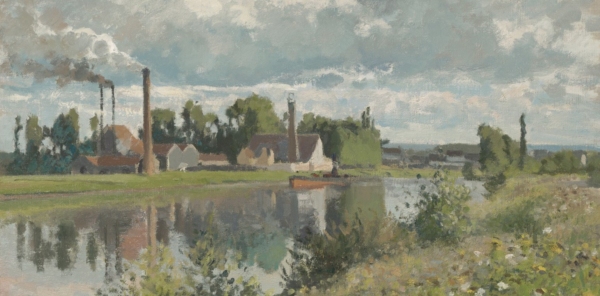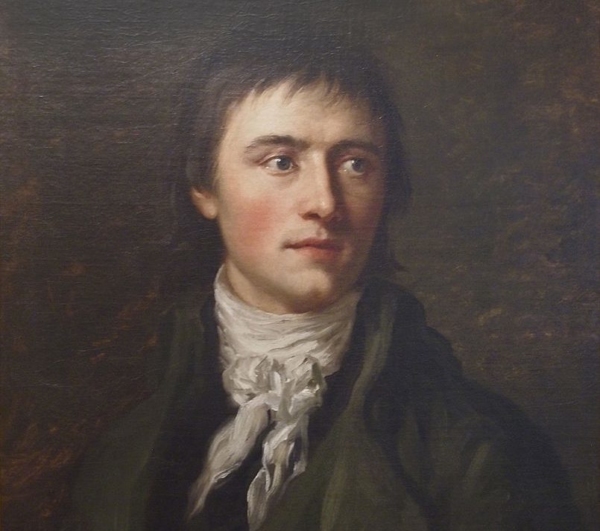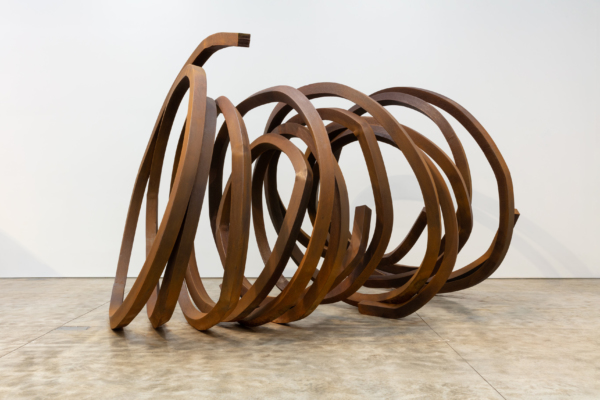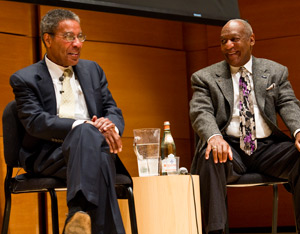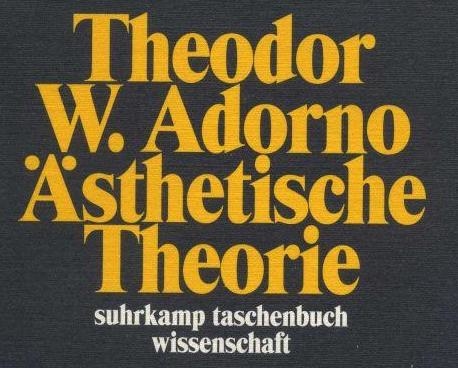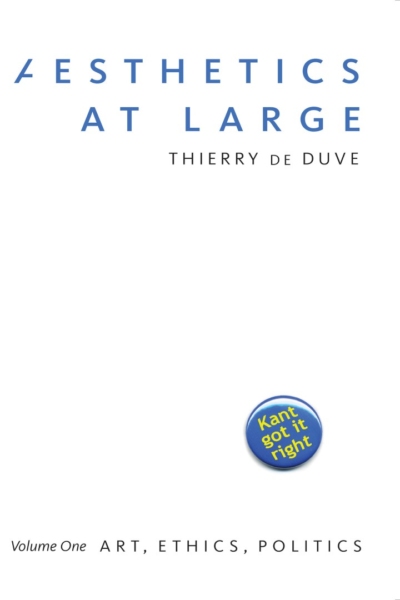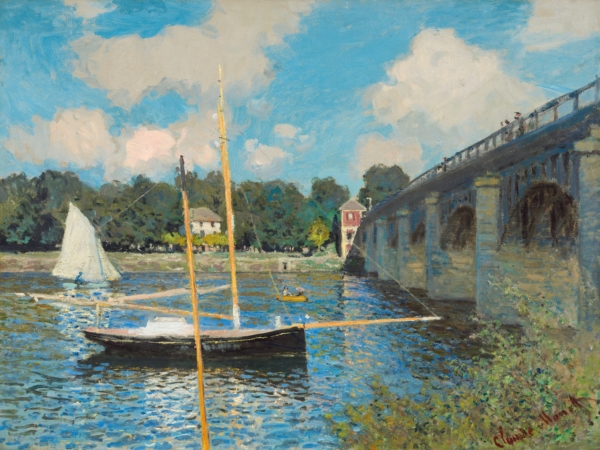
The Moment of Impressionism
From the first the landscape Impressionists were seen as pursuing an “advanced” pictorial agenda with roots mainly in Manet’s painting, a view of their collective enterprise which rendered all but invisible what I have been calling the momentousness of their shift away from the figure painting project. To this day, that shift has escaped comment by students of Impressionism. Ultimately, the advent of landscape Impressionism amounted to nothing less than the emergence of a new paradigm for ambitious painting, keyed not to figure painting and antitheatricality as theorized by Diderot but rather to a linked series of “formal” issues and demands that had no single master critic or theoretician.

